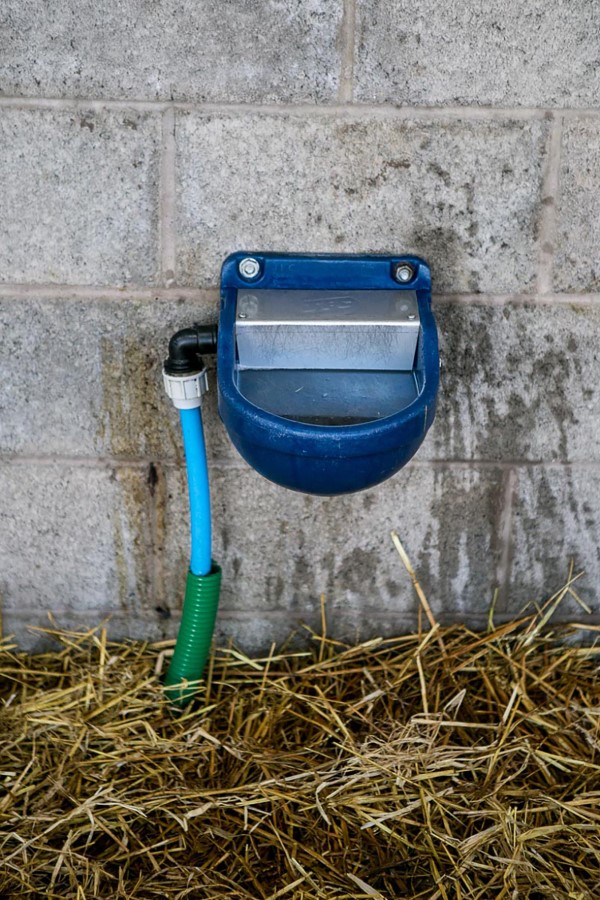- Home
- Knowledge library
- Calves in hot weather
Calves in hot weather
When temperatures become warm enough for you to start to sweat, calves will also sweat.
Back to: Managing dairy calves according to weather
At temperatures above 25°C, calves become heat stressed. To counter this, they start to sweat to lose some of the excess heat.
To keep cool, calves will:
- Breathe quicker
- Drink less milk
- Eat less
- Drink more water
- Spend longer standing
- Spend less time lying
To help cooling, energy is diverted to maintain core body temperature, making less energy available for growth. The immune system is suppressed, which reduces the calf’s ability to fight disease.
Helping calves cope with the heat
- Always offer plenty of water
- Replace starter daily to keep it fresh
- Clean and disinfect water and milk-feeding equipment daily because warm weather promotes growth of algae, mould and bacteria
Housing
To maintain desired growth rates during periods of warm weather, follow the guidance below.
- Monitor and record daily temperatures in the calf shed using a min–max thermometer located at calf height
- Check for any calves sweating, panting or drinking excessively. If monitoring rectal temperatures, heat-stressed calves are those with a rectal temperature above 39.4°C
- Reduce stocking rate
- Increase airflow into the building, but avoid draughts at calf level
- Provide shade so calves can move out of direct sunlight to avoid overheating
- Control flies to reduce the risk of disease spread
Roof lights reduce the need for artificial lighting and so reduce lighting costs. However, they can increase heat in a building when fitted on the south-facing aspect. To avoid overheating, roof lights should be fitted to north-facing aspects of a building.
It’s important to remember that high humidity and poor airflow in a well-stocked building can result in heat-stressed calves, even in cooler months.
Feed and water
During hot weather, you may need to adjust when and how much you feed dairy calves.
- Feed extra energy by increasing volume of milk or concentration of milk solids
- Keep drinking water out of direct sunlight and change often
- Avoid locating water troughs/buckets over bedding so that it does not become wet, as shown in the photo below

Useful links
If you would like to order a hard copy of the Calf management guide, please contact publications@ahdb.org.uk or call 0247 799 0069.

